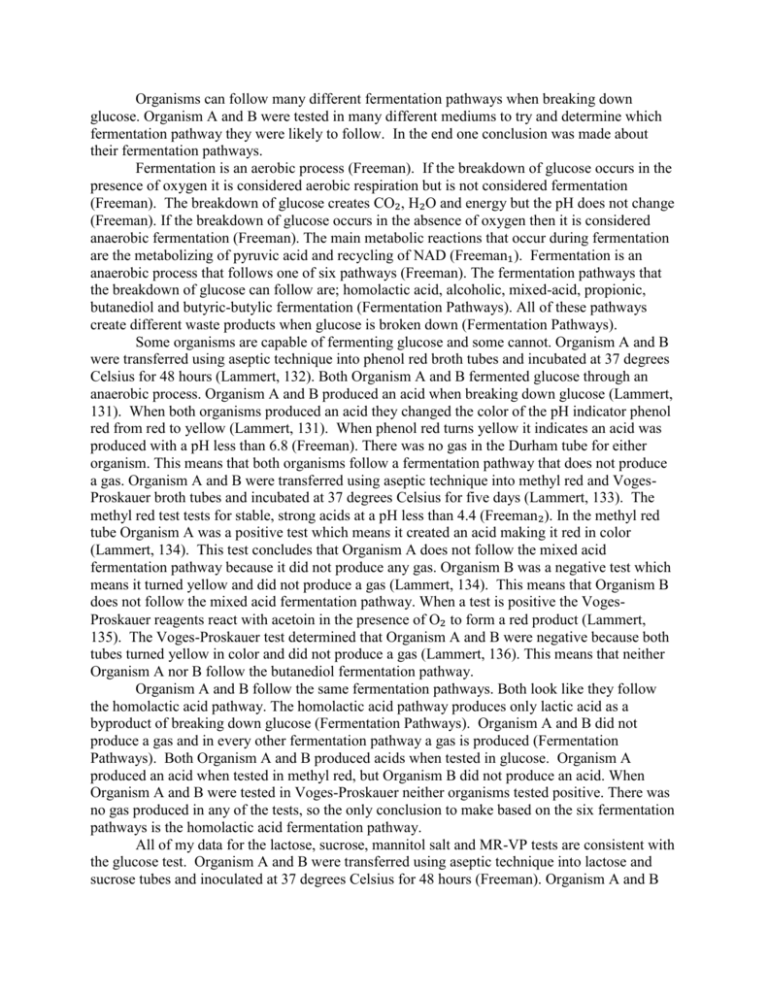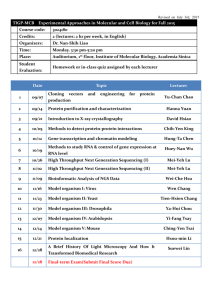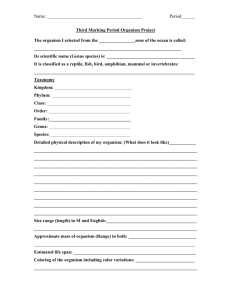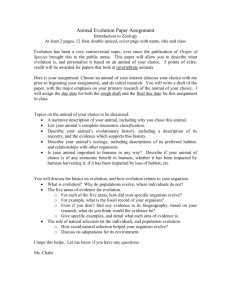
Organisms can follow many different fermentation pathways when breaking down
glucose. Organism A and B were tested in many different mediums to try and determine which
fermentation pathway they were likely to follow. In the end one conclusion was made about
their fermentation pathways.
Fermentation is an aerobic process (Freeman). If the breakdown of glucose occurs in the
presence of oxygen it is considered aerobic respiration but is not considered fermentation
(Freeman). The breakdown of glucose creates CO₂, H₂O and energy but the pH does not change
(Freeman). If the breakdown of glucose occurs in the absence of oxygen then it is considered
anaerobic fermentation (Freeman). The main metabolic reactions that occur during fermentation
are the metabolizing of pyruvic acid and recycling of NAD (Freeman₁). Fermentation is an
anaerobic process that follows one of six pathways (Freeman). The fermentation pathways that
the breakdown of glucose can follow are; homolactic acid, alcoholic, mixed-acid, propionic,
butanediol and butyric-butylic fermentation (Fermentation Pathways). All of these pathways
create different waste products when glucose is broken down (Fermentation Pathways).
Some organisms are capable of fermenting glucose and some cannot. Organism A and B
were transferred using aseptic technique into phenol red broth tubes and incubated at 37 degrees
Celsius for 48 hours (Lammert, 132). Both Organism A and B fermented glucose through an
anaerobic process. Organism A and B produced an acid when breaking down glucose (Lammert,
131). When both organisms produced an acid they changed the color of the pH indicator phenol
red from red to yellow (Lammert, 131). When phenol red turns yellow it indicates an acid was
produced with a pH less than 6.8 (Freeman). There was no gas in the Durham tube for either
organism. This means that both organisms follow a fermentation pathway that does not produce
a gas. Organism A and B were transferred using aseptic technique into methyl red and VogesProskauer broth tubes and incubated at 37 degrees Celsius for five days (Lammert, 133). The
methyl red test tests for stable, strong acids at a pH less than 4.4 (Freeman₂). In the methyl red
tube Organism A was a positive test which means it created an acid making it red in color
(Lammert, 134). This test concludes that Organism A does not follow the mixed acid
fermentation pathway because it did not produce any gas. Organism B was a negative test which
means it turned yellow and did not produce a gas (Lammert, 134). This means that Organism B
does not follow the mixed acid fermentation pathway. When a test is positive the VogesProskauer reagents react with acetoin in the presence of O₂ to form a red product (Lammert,
135). The Voges-Proskauer test determined that Organism A and B were negative because both
tubes turned yellow in color and did not produce a gas (Lammert, 136). This means that neither
Organism A nor B follow the butanediol fermentation pathway.
Organism A and B follow the same fermentation pathways. Both look like they follow
the homolactic acid pathway. The homolactic acid pathway produces only lactic acid as a
byproduct of breaking down glucose (Fermentation Pathways). Organism A and B did not
produce a gas and in every other fermentation pathway a gas is produced (Fermentation
Pathways). Both Organism A and B produced acids when tested in glucose. Organism A
produced an acid when tested in methyl red, but Organism B did not produce an acid. When
Organism A and B were tested in Voges-Proskauer neither organisms tested positive. There was
no gas produced in any of the tests, so the only conclusion to make based on the six fermentation
pathways is the homolactic acid fermentation pathway.
All of my data for the lactose, sucrose, mannitol salt and MR-VP tests are consistent with
the glucose test. Organism A and B were transferred using aseptic technique into lactose and
sucrose tubes and inoculated at 37 degrees Celsius for 48 hours (Freeman). Organism A and B
were negative for the digestive enzyme lactase so they did not break down lactose. When in the
lactose tubes neither Organism A or B produced a gas or an acid. In the sucrose tubes Organism
A and B produced an acid which means they had the digestive enzyme sucrase. By having this
enzyme they could break sucrose down into glucose and fructose (Freeman). The glucose is then
broken down into an acid which makes it a positive test (Freeman). Neither Organism A or B
produced a gas in the sucrose tubes. Organism A and B were transferred onto Mannitol salt agar
using aseptic technique and incubated for 48 hours at 37 degrees Celsius (Lammert,172).
Mannitol salt agar contains 7.5 % NaCl which makes it selective for halophiles, which are
organisms that can survive in a high salt content (Freeman₃). When an acid is produced from the
fermentation of mannitol, phenol red changes in color from red to yellow (Lammert, 172). Both
Organism A and B were positive which means they have the digestive enzyme mannitol
dehydrogenase which breaks down the mannitol (Freeman₃). The mannitol gets broken down
into glucose which is then metabolized into an acid and the acid turns the phenol red yellow
indicating an acid formation (Freeman₃). When Organism A was tested in methyl red it was
positive meaning it produced an acid, but it did not produce a gas. Organism B when tested in
methyl red was negative meaning it did not produce an acid. This does not mean that Organism
B cannot follow the homolactic acid pathway. When each organism is tested in phenol red an
acid is produced when the pH is lower than 6.8 but when tested in methyl red an acid is produced
when the pH is lower than 4.4 (Freeman₂). So Organism B produces an acid when tested in
phenol red but not in methyl red, which means it may be able to form an acid at a pH lower than
6.8 but higher than 4.4. Both Organism A and B were negative when tested in Voges-Proskauer
which means they could not break down glucose in the butanediol fermentation pathway.
Organism A and B were tested in many different mediums and the final conclusion was
they both followed the homolactic acid fermentation pathway. This was determined by testing
each organism in glucose, lactose, sucrose, Mannitol salt, and MR-VP.
Works Cited
Black, Jacquelyn G. Microbiology: Principles and Explorations. 8th ed. Hoboken, NJ: Wiley,
2011. Print.
Fermentation Pathways. Johnstown, NY: Fulton Montgomery Community College. Print.
Freeman, Laurie. “Fermentation of carbohydrates.” Fulton Montgomery Community College,
Johnstown, NY. 7 Oct. 2013. Lecture.
Freeman₂, Laurie. “The MR and VP tests.” Fulton Montgomery Community College,
Johnstown, NY. 16 Oct. 2013. Lecture.
Freeman₃, Laurie. “Selective Media - Mannitol Salt.” Fulton Montgomery Community College,
Johnstown, NY. 21 Oct. 2013. Lecture.
Lammert, John. Techniques in Microbiology: A Student Handbook. Upper Saddle River, NJ:
Pearson Prentice Hall, 2007. Print.










